
SMEG Customer Case Study
Download this data sheet to explore the features and benefits of Naveo Commerce for Enterprise Grocery.
We’ve rounded-up our predictions for the top Ecommerce trends to watch out for in 2022. Each trend should be analysed and its impact considered if it’s going to make a demonstrable difference to your overall eCommerce growth.
We’ve rounded-up our predictions for the top 5 Ecommerce trends to watch out for in 2022. Each trend should be analysed and considered if it’s going to make a demonstrable difference to your online growth.
Click on our list of the top Ecommerce trends for 2022 and beyond:
Environmental awareness and sustainability has become a top retail trend in recent years and will the same in 2022. Thanks to increased media coverage and a more informed younger generation Y. These millennials care about vastly different issues and respond to different sets of marketing messages than their predecessors. They are more concerned about the environmental impact of consumerism and the overall impact of the supply chain.
In 2022, we predict that there will be a rise in “Recycled Commerce” or “Re-Commerce” as it has now become known in the industry. In fact, the second-hand online market place has never been bigger. More people are shopping second-hand than ever before – with “a third of consumers buying more second-hand items than they were 12 months ago and more women are happy to rummage through vintage or used items than men.” – Marketing Week
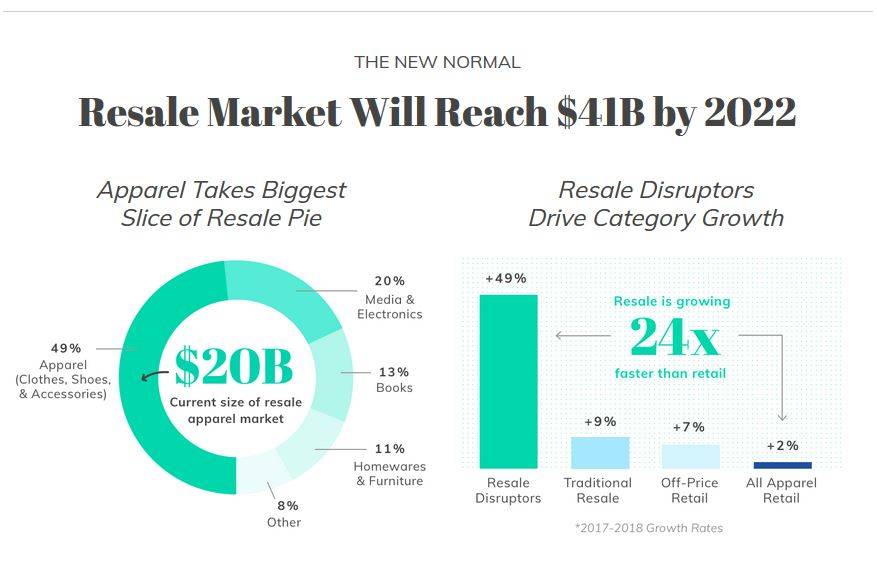
Fuelled by the desire to bag a bargain and reduce carbon footprints – Thredup claims that the total second-hand apparel market is set to double in 5 years. According to their 2018 Thift Report, resale is growing 24x faster than retail – with the resale sector driving growth from key disruptors such as ThredUp, TheRealReal and Poshmark.
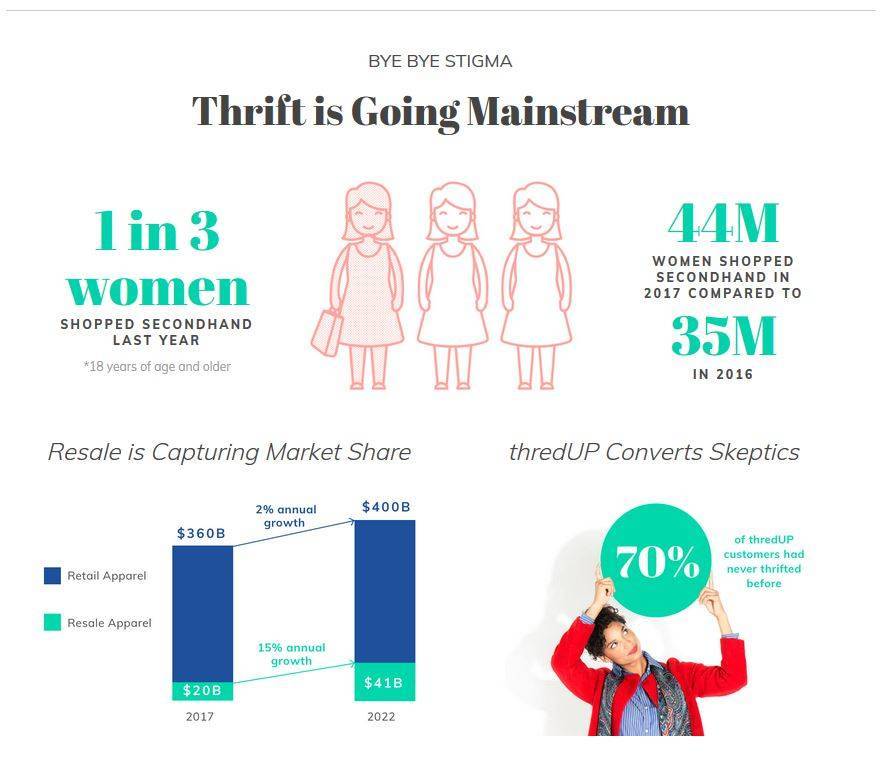
Whilst we don’t believe you should become an Eco warrier overnight just because everyone else is. However, it’s clear that the environment is becoming an increasingly important factor – and if it matters to your customers, then it should matter to you.

Only a few years ago the idea that you could place an order for an item in minutes, and have it delivered the same day or within the hour, was inconceivable. Even the notion of receiving a parcel in a matter of days, without having to pay for the privilege, was incredible. Jump forward to 2022 and there’s nothing remarkable about this situation. It’s simply become the ‘norm’.
With a huge rise in customers ordering products and grocers online, same day delivery has pushed order fulfilment expectations to new highs. 3PL couriers and online delivery software systems need to adapt and plan sustainable, multi-focus drop off systems that allow customers to receive goods whilst keeping to a cost-effective model.
According to Tamebay, cart abandonment is at an all-time high due to unsatisfactory shipping options. How can retailers keep up – when the bar for what’s ‘acceptable’ is constantly being raised? It’s nigh on impossible to please everyone in terms of shipping costs, delivery time, convenience and choice – and to do so profitably.
In addition, it’s key to address the common causes for abandoned baskets online due to fulfilment options:
The more friction you can remove from the buying journey the better.
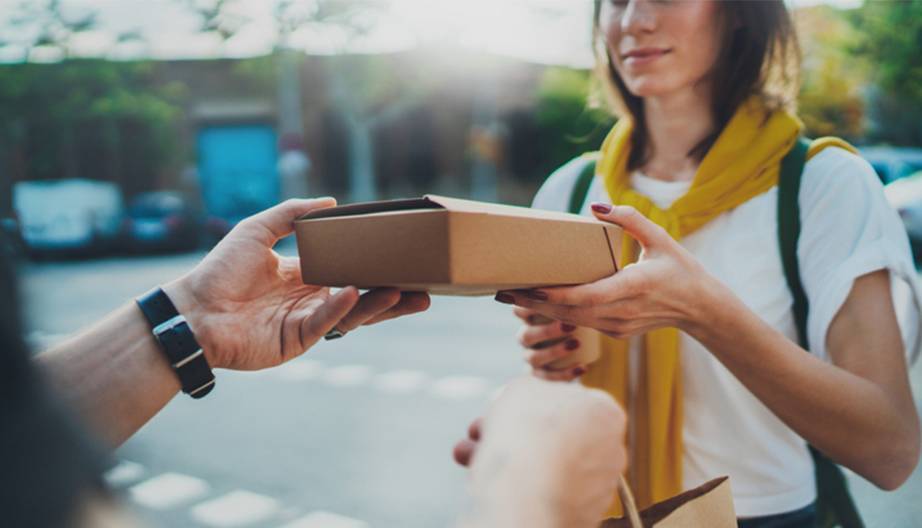
If you’ve followed us over the past 6-12 months – we’ve talked A LOT about the growth of DTC Ecommerce. It’s predicted to grow by 71% this year alone to more than 40% of all manufacturers.
In our recent report, “Is there a case for cutting our the middle-man?” we take a look at how manufacturers such as Nike, Glossier, Everlane and Farrow & Ball have used the direct-to-consumer model to thrive in their industries. So, what’s the secret to their success? Download the report here to find out.
As we discuss in the above report, there are heaps of benefits of Direct-to-Consumer Ecommerce:
With online sales increasing year-on-year, we expect to see a swathe of brands moving to a DTC Ecommerce business model.
Are you thinking of widening your revenue with a DTC Ecommerce channel? We’ve got you covered: What to consider if you’re thinking of opening a Direct-to-Consumer Channel
Read this next: Direct to Consumer Ecommerce: Is there a Case for Cutting out the Middle-man?
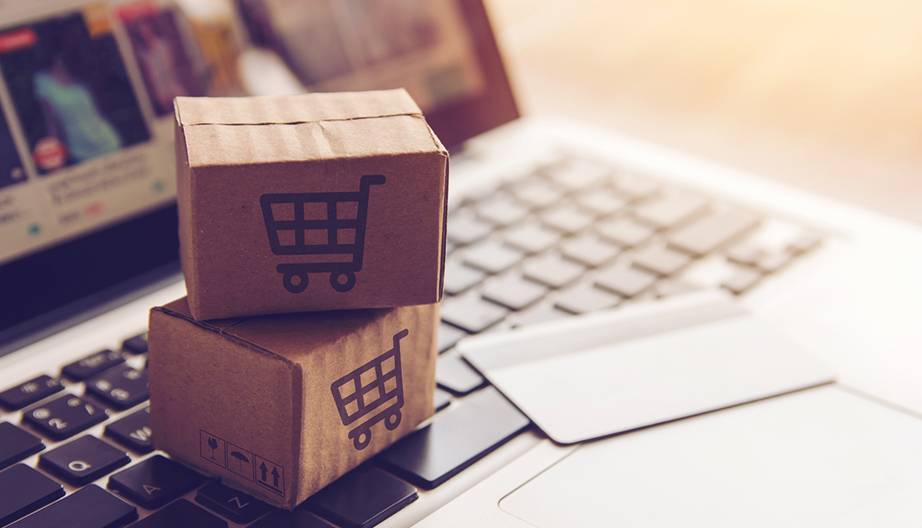
In 2022, Pop-up Shops and Experiential Commerce will continue to thrive.
Casualties on the high-street continue to make the headlines – 2019 saw a record number of store closures – with 1,234 stores disappearing from Britain’s top 500 high streets. Despite more retailers restructuring and moving more and more services online, there are green shoots of optimism: According to PWC, store openings across the retail sector increased marginally from last year to 4.1%. In reality, this may mean only 1,634 high street store openings (9 per day).
This is a sign that agile, and ambitious retailers are able to thrive in the face of this competitive environment. It also opens-up the possibility for smaller, independent retailers to take advantage of vacant retail space to open pop-up stores. In such spaces, retailers can be much more creative in their approach. Offering new opportunities to engage with consumers in a different way, rather than focusing solely on transaction alone. With more consumers feeling confident to shop online – consumers are looking for much more when they visit a bricks-and-mortar store.
John Lewis have been in the press recently for this exact reason. This year John Lewis’ had their first-ever half-year loss, as such they’ve unveiled plans to replace selling space in the Southampton store with “experience playgrounds” where shoppers can hone their barista and culinary skills or hang out in their rooftop orchard and farm shop. If successful, the revamped store in Southampton will become the prototype for other John Lewis stores around the country.
Read next: 8 signs that you’re about to outgrow your Ecommerce solution
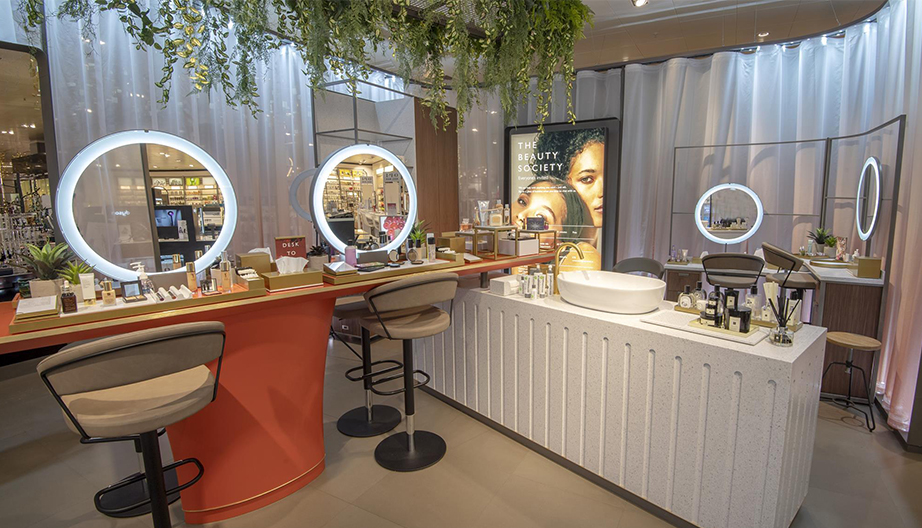
Source: Retail Week, John Lewis Southampton Store
It’s probably not news to you, but discounting isn’t a short-cut to success. Discounting started as a short-term boost to help retailers over a temporary dip in sales revenue – and to help clear less desirable stock. It has now become the de facto method of shopping for many – once you know what you are going to buy, a 30-second search on the internet can source you the cheapest possible price for the item.
For those of your working ‘behind the buy button’, you’ll know it’s not as simple as undercutting the competition when it comes to price. Without realising it you’re likely to be cutting into your margins and may be operating at a loss.
For established retailers, and those who won’t (or can’t) join the race to the bottom of the pricing abyss, this creates some serious problems.
More businesses are realising the cost of continual discounting and a blinkered obsession with growth-focused KPIs in preference over and above profit and margin-led initiatives. Going down this route, will only de-value your brand overall.

Naveo Commerce are a leading producer of a connected commerce system, designed specifically for the grocery sector. Featuring headless commerce design traits and a simple 5-step success theory, we call some of the world’s largest grocery chains our customers.
Book a demo with our team today and view Naveo Connected Commerce. It is available for deployment in a matter of weeks. We can get you online fast!

Download this data sheet to explore the features and benefits of Naveo Commerce for Enterprise Grocery.

As Naveo Commerce plans its exciting launch of Scan & Go supermarket technology, we look at the key differences between this and self-checkout services already offered in most grocery stores.

As Naveo Commerce plans its exciting launch of Scan & Go supermarket technology, we look at the key differences between this and self-checkout services already offered in most grocery stores.